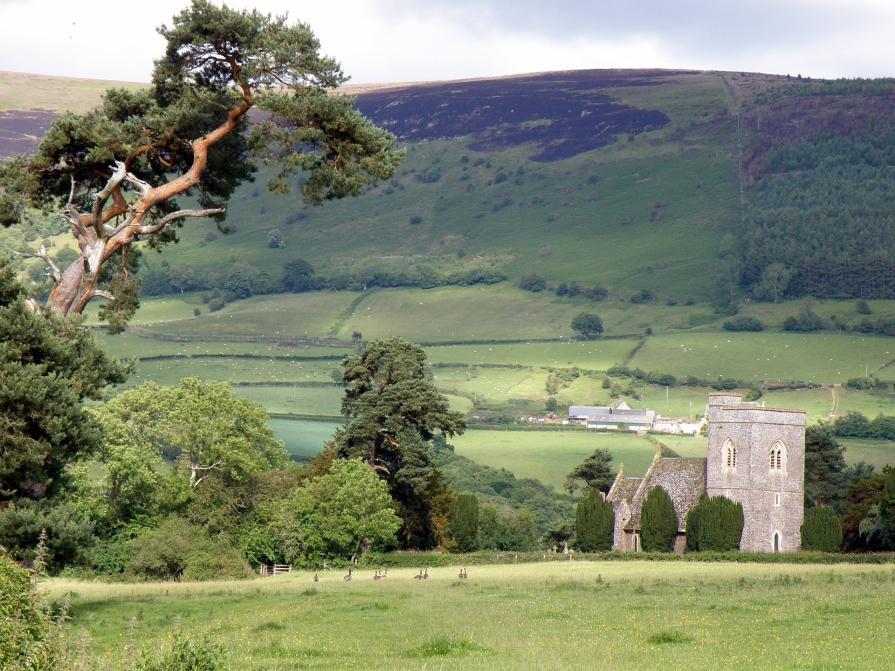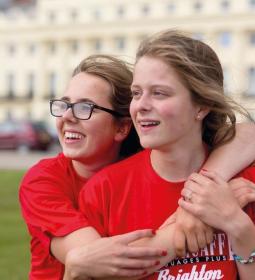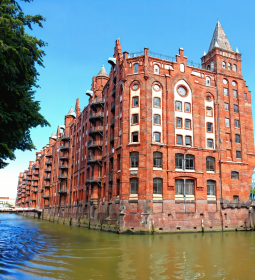Hundreds of thousands of tourists visit Wales every year to experience the rich Welsh heritage. By right, the Welsh lands are considered the most beautiful on the island of Great Britain: unique natural attractions, parks, reserves and medieval centers can be found almost in their original form in a small area. Let's talk about the country in detail - geography and history, cuisine and sights!

Geography and climate

Wales is part of the United Kingdom: it is a small, distinctive country with unique, vibrant national symbols and attractions. Wales borders England and has 1,000 kilometers of coastline. The main population is concentrated in the south of the country, and in the north there is a mountain range. The nature of Wales is quite wild, thanks to the long coastline, huge bird colonies have been formed here and rare animals have been preserved - marten, otter, ermine, goats. The rivers and seas of Wales are rich in fish.
- National language: English, Welsh
- Capital: Cardiff
- Currency: pound sterling
- Area: 20777 sq. Km
- Form of government: constitutional monarchy
- Time: UTC 0, in summer +1
- Largest cities: Cardiff, Swansea, Newport, Bangor.
The temperate maritime climate makes the weather mild, humid and windy. The wettest period is set from October to January, so the best time to travel to Wales is May-September.
Cities and regions

Wales is divided into 22 counties and regions:
- North Wales - rural areas and mountain range
- Middle Wales is a mountainous region with a sparse population, but with a large number of moorlands, forests, river valleys
- South Wales is the most densely populated and urbanized region with major cities and picturesque seascapes.
Wales cities

- Cardiff is the capital, tourist, cultural and industrial center of the entire Western UK
- Swansea is a major seaport, the second largest city after Cardiff
- Aberystwyth is a student city, home to the oldest university in Wales
- Carnarvon - a city with a perfectly preserved castle from the Middle Ages
- Llandudno - a resort town in the northern part of the country
- Wrexham is located in North Wales and is considered the largest in the region.
History
The origin of the country name is related to the Germanic language. It is believed that the word Wealh was used to refer to all the Celts living in Europe. When the Germanic tribes came to the islands, the word Wealh began to call only them. Later, small principalities began to form, most of which were subordinated to the Anglo-Saxon tribes. But the states on the territory of Wales were able to repel them by establishing the southern Welsh border. There were many who wanted to get Welsh lands, but only England managed to absorb Wales in the 15th-16th centuries, when English laws began to operate in Wales.
TOP attractions
- Three regions of the country have been officially awarded the unique status of "Area of Outstanding Natural Beauty": all of them are located on the coast of Angsley Island . The coast is dotted with rocky coves and limestone cliffs.
- Pembrokeshire Coast National Park - particularly interesting is the historic trading city of Brecon , national botanical gardens with a first-class collection of flora
- Harlek Castle, Conwy and Beaumaris Castles - structures of the historical ring, built in the 13th century

- Cathedral of st. David - a medieval gothic temple
- Conwy is a beautiful castle in Snowdonia

- Snowdonia is one of Britain's most scenic spots
- Brecon Beacons - national park known for wild ponies and red sandstone mountains
- Pembrokeshire is a coastline washed by the waters of the Irish Sea.
Kitchen
- Roast lamb with mint sauce and vegetables

- Lamb broth Cawl
- Sweet bread with dried fruits Bara brith

- Processed cheese platter flavored with onions, ale and herbs and served in toasted Welsh Rarebit bread
- Laverbread Seaweed Cakes
- Welsh cheese.
Population
The Welsh are kind and open people who love to chat and laugh, but they behave in a rather closed and cautious manner with strangers. Most of the residents are Christian.
Things to do in Wales
Cardiff
- Location = South Wales
- Entertainment = getting to know Cardiff, football games, city museums, pubs, walking along the main streets of the city.
- Estimated costs = from £ 100 per day.
Swansea
- Location = South Wales
- Entertainment = city walks, football matches, museums, pubs
- Estimated costs = from £ 75 per day.
Llyn Coast
- Location = North Wales
- Entertainment = surfing, windsurfing, golf and water sports
- Estimated costs = from £ 50 per day.
Pembrokeshire Coast Park
- Location = South Wales
- Entertainment = canoeing and kayaking, hang gliding and rock climbing.
- Estimated costs = from £ 70 per day.
How to get and travel in Wales

There are no direct flights from cities; you will have to change trains in Europe. From London to Cardiff can be reached by train (only two hours away) or by bus. The country's transport system is well developed and closely intertwined with the entire UK.














